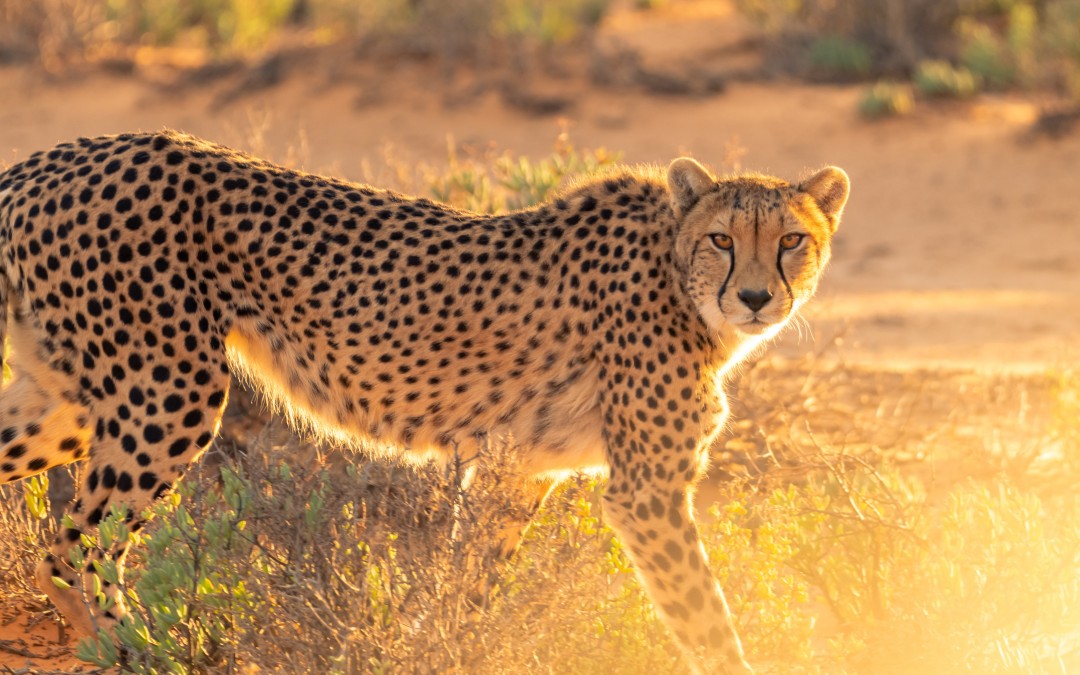by Natalie Hart | Sep 12, 2021 | Uncategorized
From the Michigan Climate Action Network: Climate change is exacerbating a range of threats to the Great Lakes. A new low ice cover record in January 2021 was just reached in the Great Lakes. Rapid transitions between high and low water levels represent the “new normal.” Heavier rainfall is increasing runoff from farms and cities, which leads to more nitrates, phosphates, E Coli, and other pollutants entering waterways. This pollution contributes to beach closings and algae blooms like the harmful algae bloom in Lake Erie that shut down Toledo’s drinking water supply in 2014. Increased temperatures have also reduced winter ice cover on the Great Lakes, which may lengthen the commercial navigation system but also may allow more evaporation to occur causing lake levels to decline. Climate change is also changing the range and distribution of certain fish species, allowing more invasive species, and degrading beach health. Interfaith Power and Light is an organization dedicated to encouraging people of faith to get involved in advocating for the health and future of our world. From their website: Global warming is one of the biggest threats facing humanity today. The web of life — life that people of faith and conscience are called to protect — is jeopardized by our continued use of fossil fuels for energy. Every major religion has a mandate to care for Creation. We are blessed with this interconnected web of life, and we have a moral responsibility to be good stewards and preserve it for future generations. For two decades, IPL has been helping congregations address global warming by being better stewards of energy. The campaign has a...
by Natalie Hart | Sep 12, 2021 | Uncategorized
Plaster Creek is a 25.9-mile-long urban stream in Kent County, Michigan in the United States. It is a tributary of the Grand River. The stream is named for the large deposit of gypsum found at its mouth. Its mean monthly flow averages 22 million gallons per day…. Plaster Creek is a salmon spawning stream, and salmon have been seen as far upstream as the headwaters at Dutton Shadyside Park. The stream is not considered to be a trout stream, but has been designated as a warm water fishery. One endangered species Epioblasma triquetra (the snuffbox mussel) lives in the Plaster Creek watershed. The threatened Beak Grass (Diarrhena americana) grows along the banks in some areas. [from Wikipedia] Grand Rapids has created a nature park where families can play by the creek (2401 Buchanan Ave SW, Grand Rapids, MI 49507). Here’s a video about the project:...

by Natalie Hart | Sep 12, 2021 | Uncategorized
Today’s prayer item was suggested by a child of Grace. Because cheetahs are amazing! National Geographic for Kids says: Fastest mammal on land, the cheetah can reach speeds of 60 or perhaps even 70 miles (97 or 113 kilometers) an hour over short distances. It usually chases its prey at only about half that speed, however. After a chase, a cheetah needs half an hour to catch its breath before it can eat. Imagine getting your lunch ready, and then sitting at the table for 30 minutes before you can eat it! These amazing animals are in some trouble: Once found throughout Asia and Africa, cheetahs today are racing toward extinction. Loss of habitat and declining numbers of their prey combine to threaten the future of these cats. Cheetahs live and hunt mainly in open grasslands and bushy areas in parts of Africa and the Middle East. Let’s pray that people will help them survive and thrive instead of push them into...

by Natalie Hart | Sep 9, 2021 | Uncategorized
Today’s prayer item comes to you from Miss Natalie, on behalf of her son, who has loved the American kestrel since he was 7. It’s a gorgeous little falcon that can be found in Michigan. Here’s what Audubon has to say about it: Our smallest falcon, the kestrel is also the most familiar and widespread in North America. In open country it is commonly seen perched on roadside wires, or hovering low over a field on rapidly beating wings, waiting to pounce on a grasshopper. Kestrels nest in cavities in trees; in places where there are few large dead snags to provide nest sites, they may rely on nesting boxes put up for them by conservationists. We can pray that the American kestrel can continue to thrive and thank God for the beauty of this little...

by Natalie Hart | Sep 8, 2021 | Uncategorized
The Hine’s emerald dragonfly has bright emerald-green eyes, a metallic green body with yellow stripes, and a 3.5-inch wingspan. They are found in spring-fed wetlands in Michigan, but they are endangered. This dragonfly goes through a long nymph period: it lives under water for up to 5 years after hatching, shedding its skin many times as it grows. When it emerges, shedding its skin one more time to become a flying adult, it will only live 4 -5 weeks. It is considered endangered mostly because humans keep changing their habitats, draining wetlands and building on them. According to the U.S. Fish and Wildlife Service, “Contamination of wetlands by pesticides or other pollutants also poses a threat. The dragonfly depends on pristine wetland or stream areas, with good water quality, for growth and development.” Go here to find out more. Let’s pray that people will pay more attention to the needs of the Hine’s emerald dragonfly and other wetlands animals when we’re looking for places to build. And let’s pray that we can find healthier ways of managing lawns and farms that don’t use so many...




Recent Comments